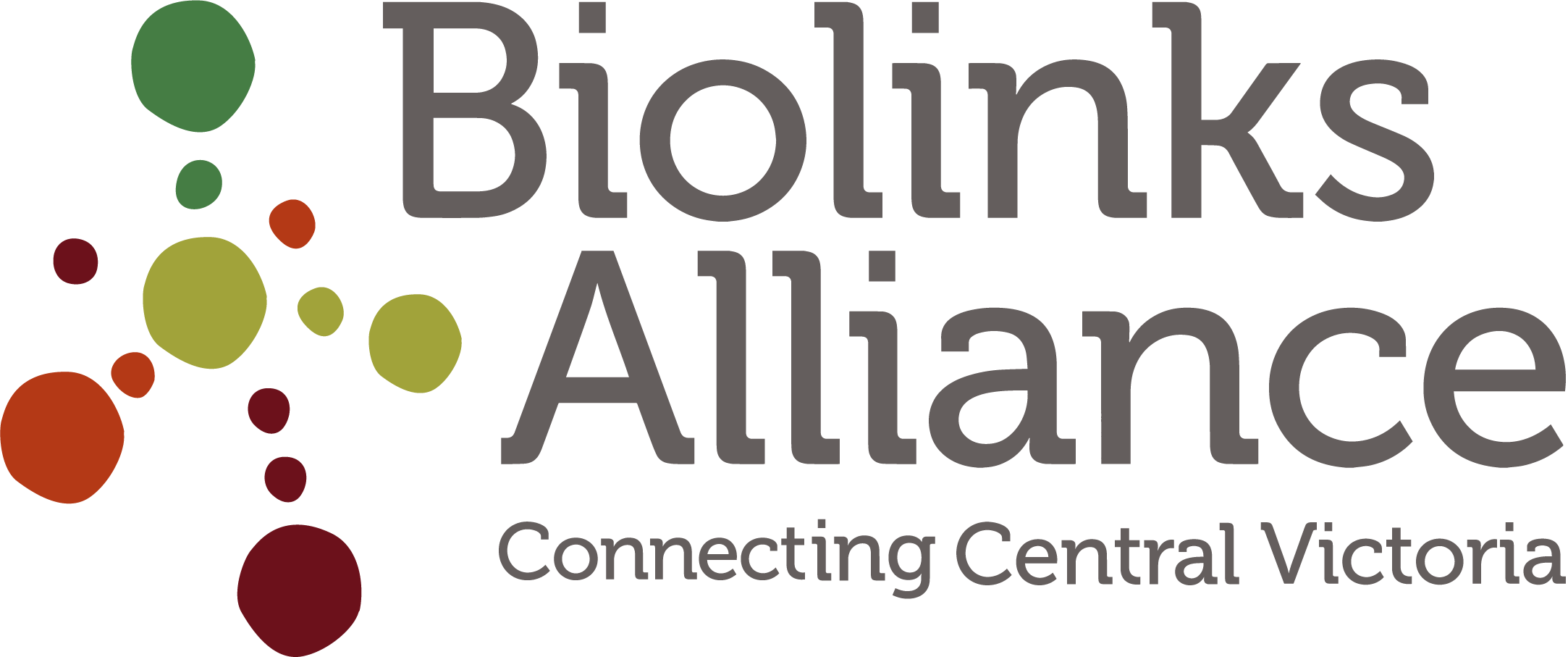Central Goldfields | Melbourne Ark | Grampians to Pyrenees
Building greater adaptive capacity and aligning goals at landscape scale.
The Central Goldfields project region differs from Melbourne Ark in two key areas: firstly, community conservation groups here have an established relationship with each other, and secondly, it is confined to one CMA – the North Central CMA. Because of these attributes, landscape planning and prioritisation tools have been carried out, collaborative projects have been developed and agency funding has been available. Biolinks Alliance stakeholder analysis has shown however, that these groups want assistance with their adaptive capacity to set goals, regularly review them and adapt their mechanisms as needed.
In recent assessment of the Goldfields bioregion, 0% was classed as “Largely-intact” and 100% as “fragmented”. Suffice to say, for obvious reasons, the region has a heavy legacy of modification and ecological dysfunction, much of which will not be ameliorated without intervention.
The region can be readily divided into relictual habitat on fertile substrates dominated by private farmland, and variegated habitat on the less fertile uplands. Landscape-scale restoration is needed in both, fundamentally for the same reason (to boost ecosystem diversity, health and resilience – especially in the face of climate change), but using very different strategies. And importantly, these strategies are underpinned by ecological and socio-economic differences.
Biolinks Alliance's emphasis with Central Goldfields would be to increase the knowledge of the groups with regards to current technical information available, help develop this into common goals and then link these to their planning and review processes.
Central Goldfields area is also a target area for not only the NCCMA, but also other agencies, such as Trust for Nature and Bush Heritage Australia. Having a Landscape Project here would give CVB the opportunity to partner with these existing organisations in a large-scale on-ground restoration project.
Biolinks Alliance would look at facilitating the uptake of the most site effective and cost effective materials and techniques to restore the health of the infertile uplands (largely public land) and create new high quality habitat and connectivity on fertile farmlands – thereby increasing the overall productivity and resilience of these landscapes.
Biolinks Alliance is working with member group Wedderburn Conservation Management Network on Restoring Leaky Landscapes Local 2 Landscape process to develop pilot restoration projects in the region.
Goldfields planning meeting 2012; From left, Sophie Bickford CVB, Joern van Veen Bush Heritage, John Boadle Karra Karra CMN, Phil Dyson NCCMA and Judy Crocker Mid Loddon Landcare Network.



